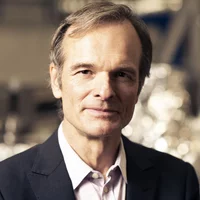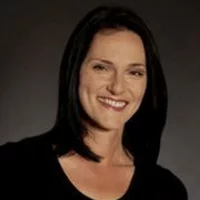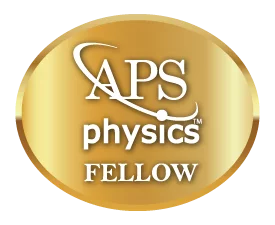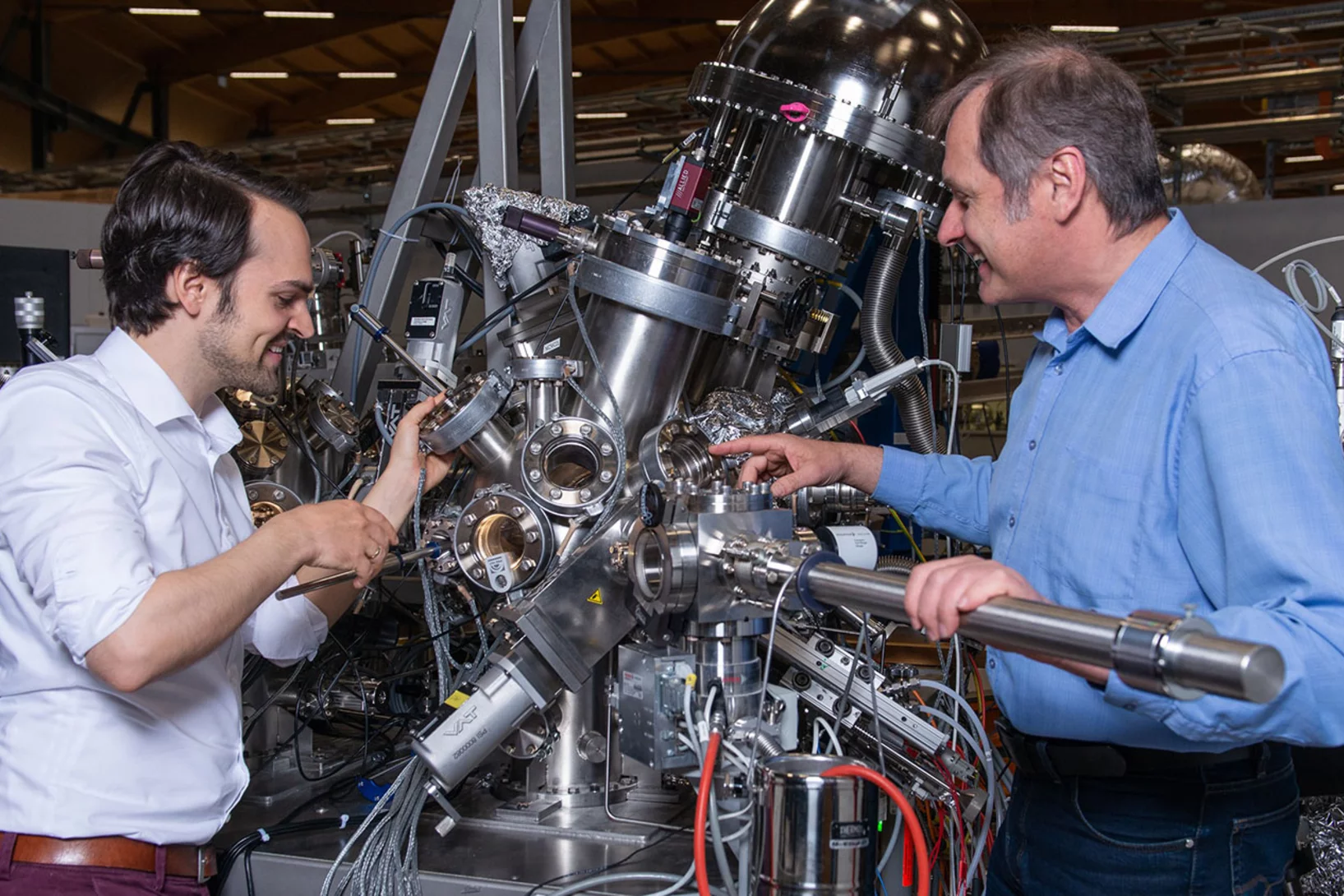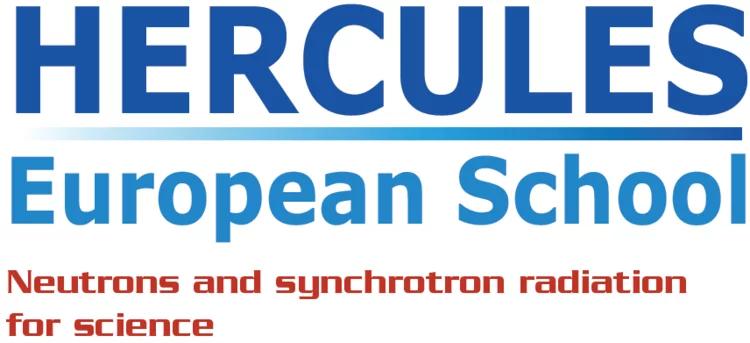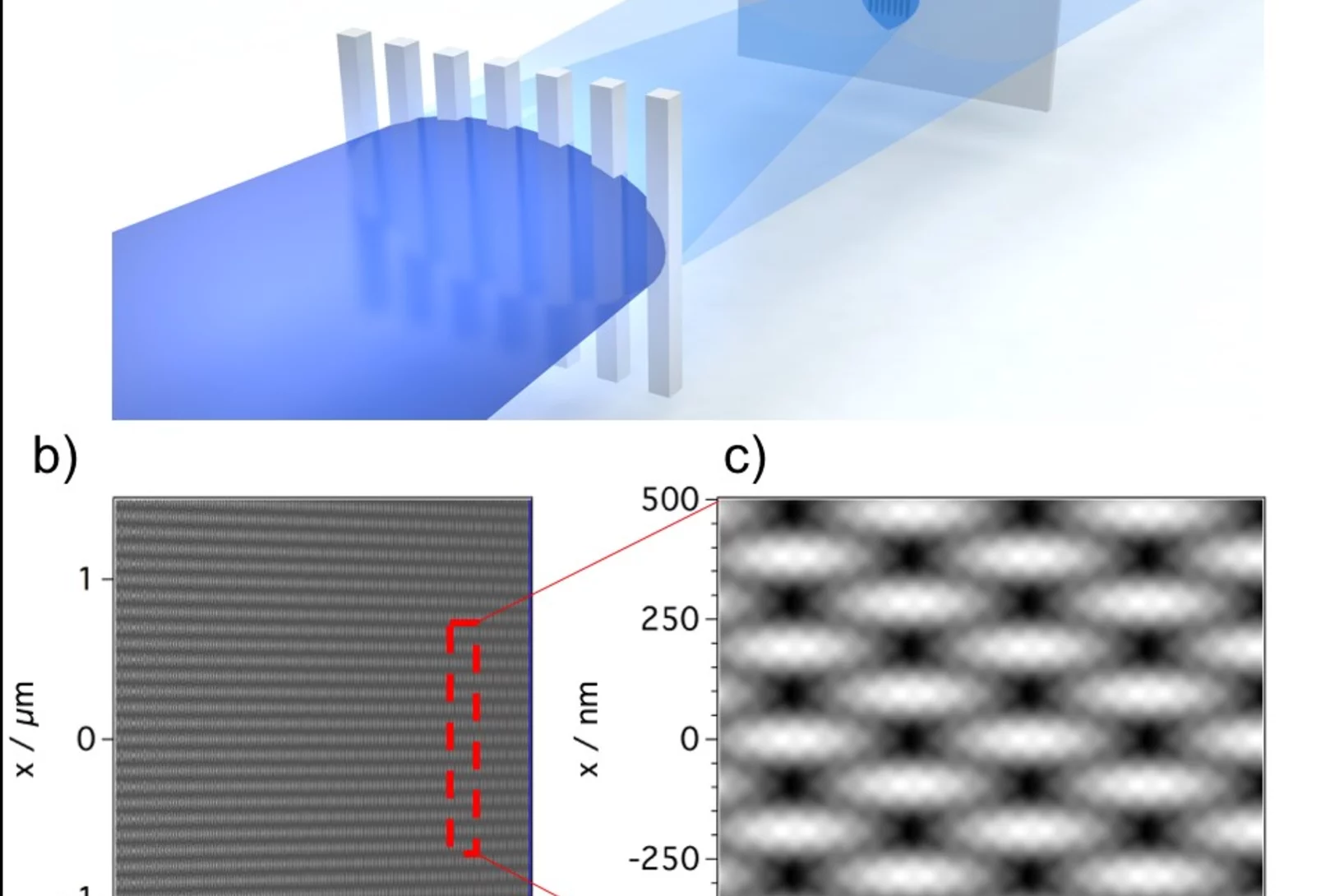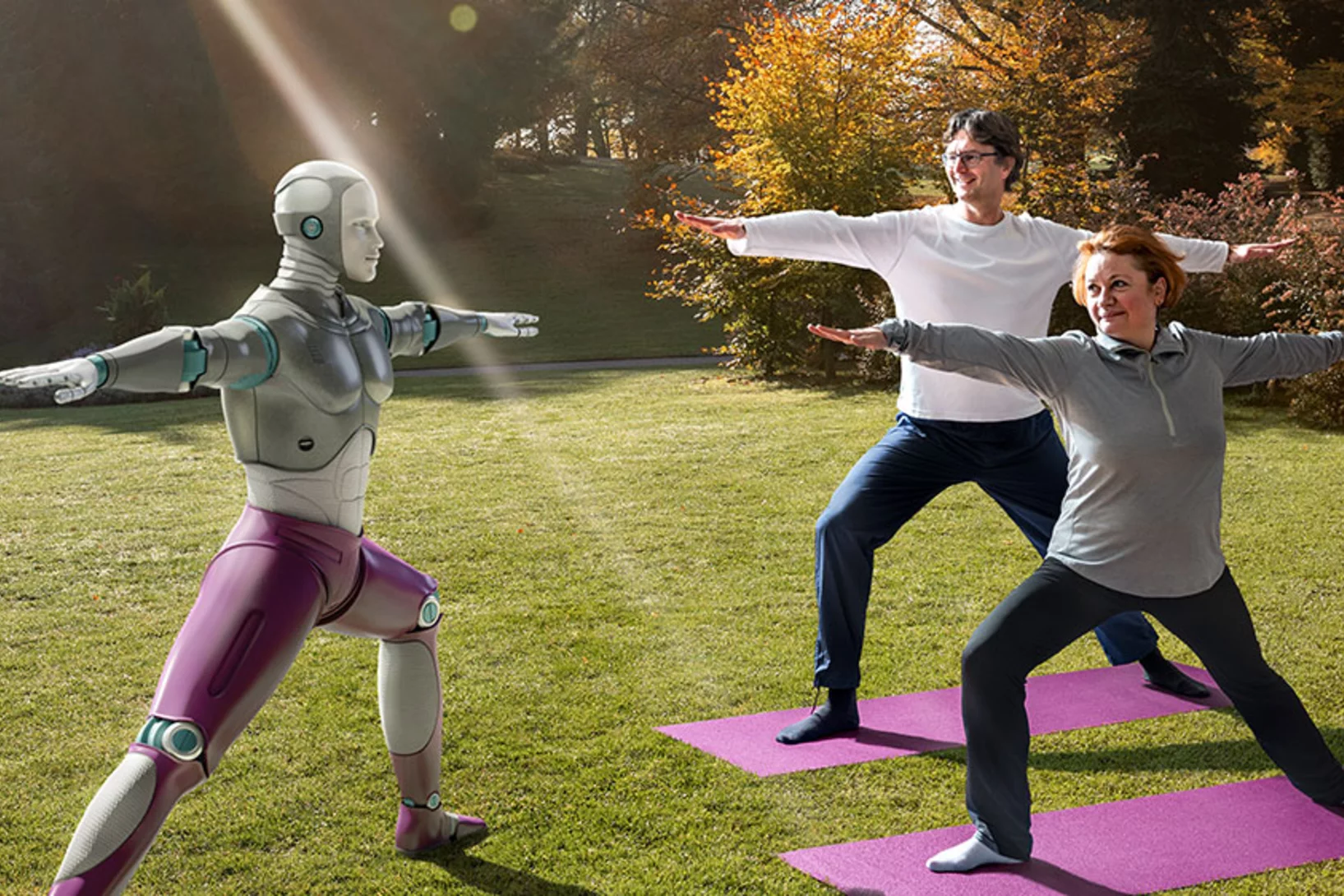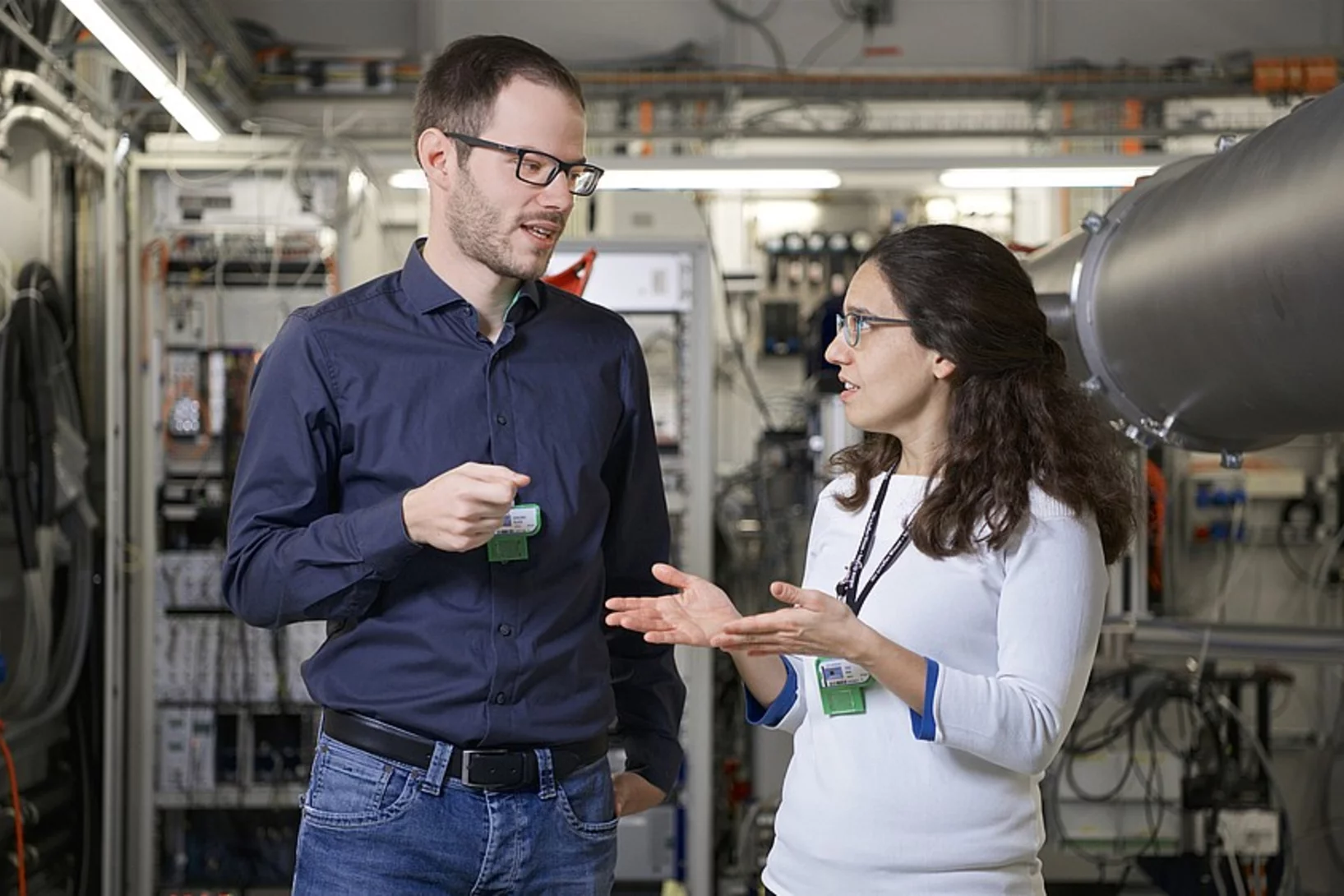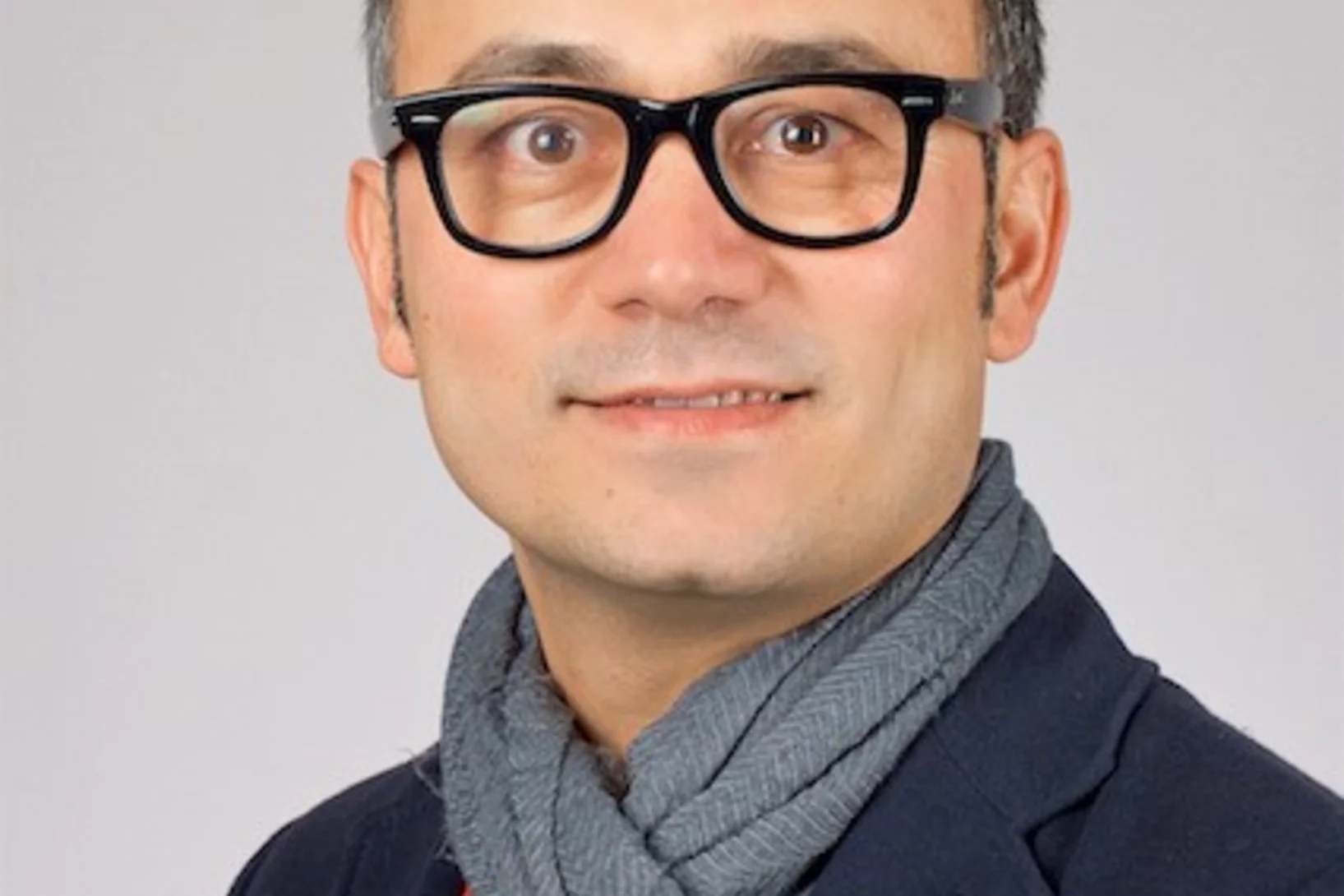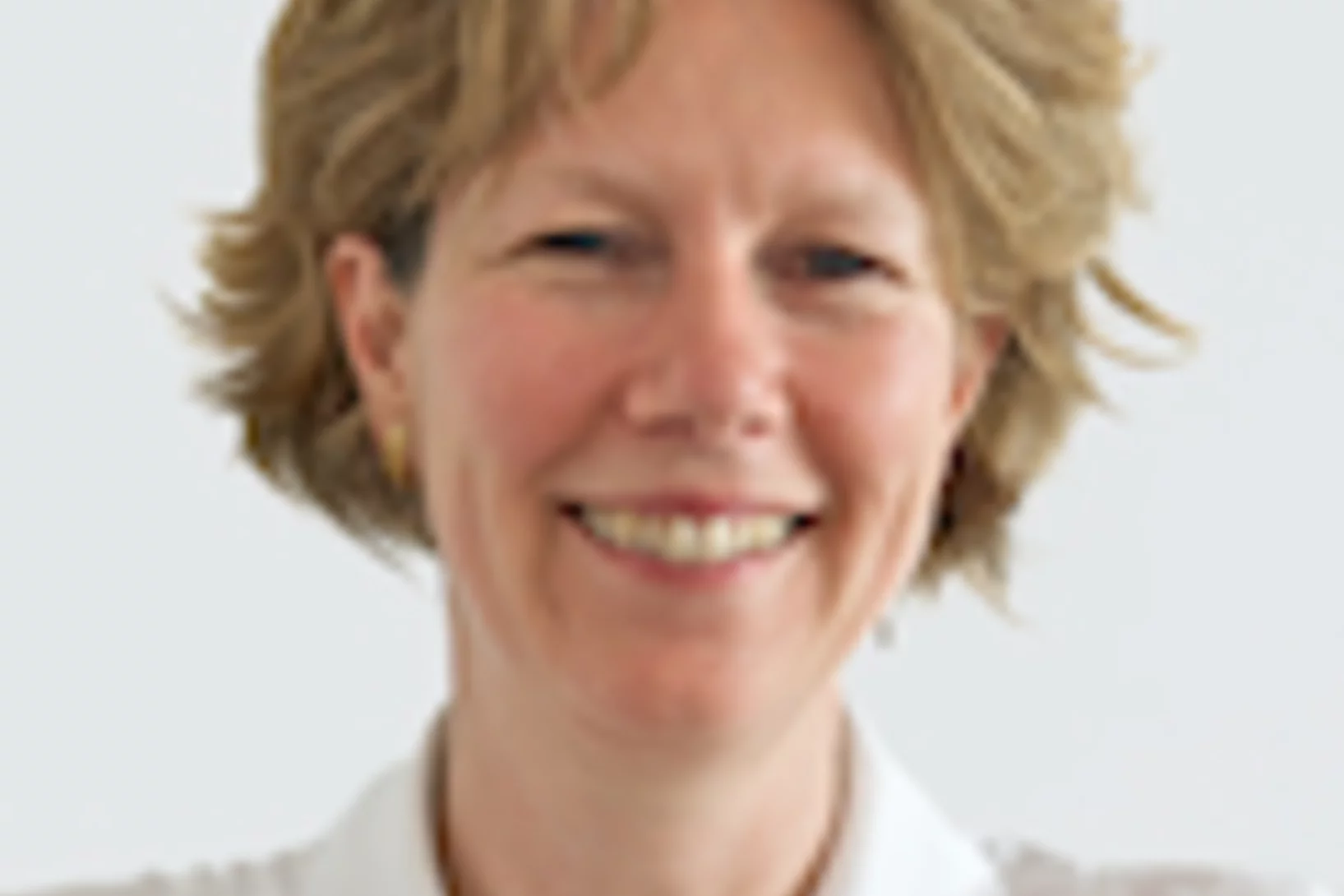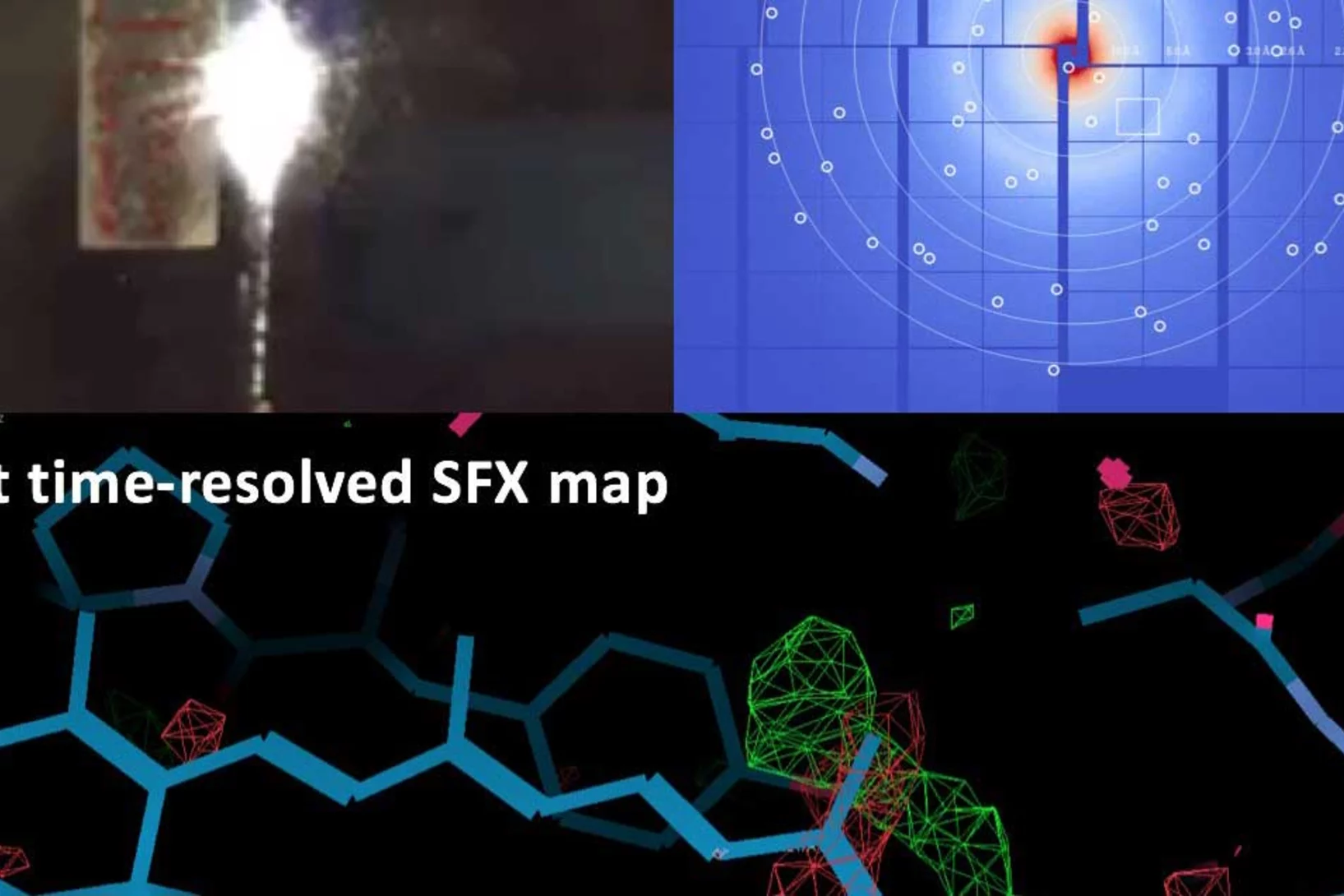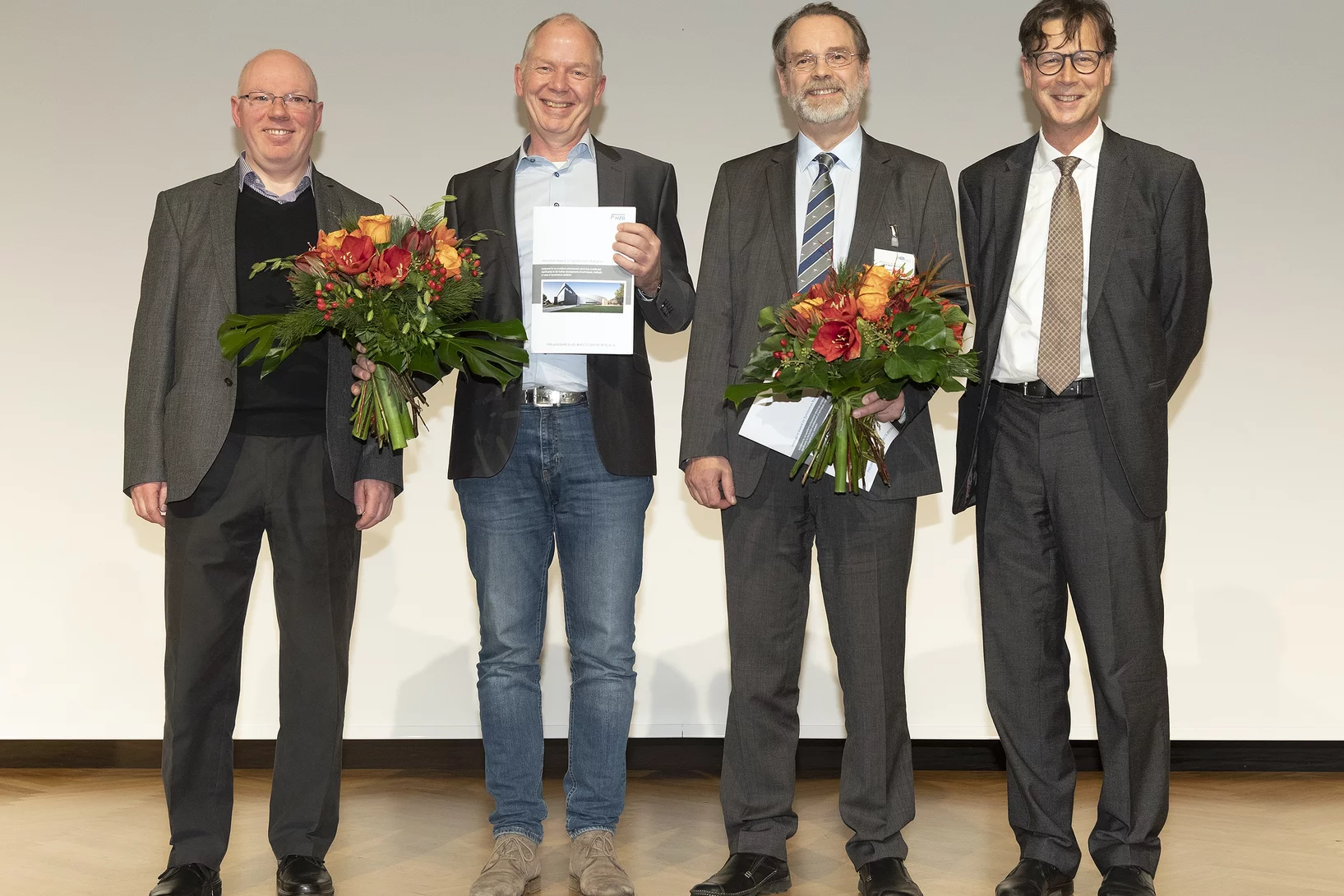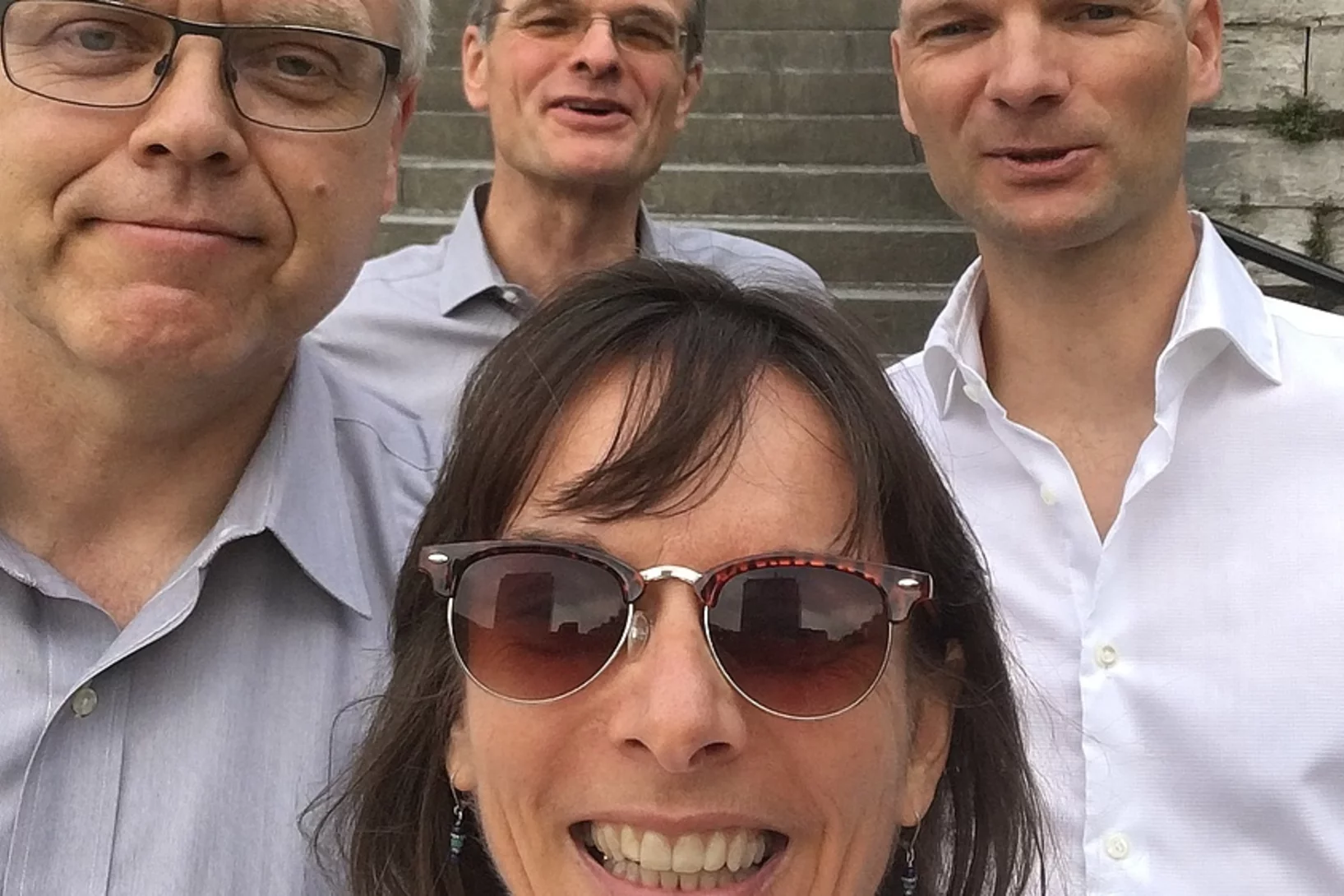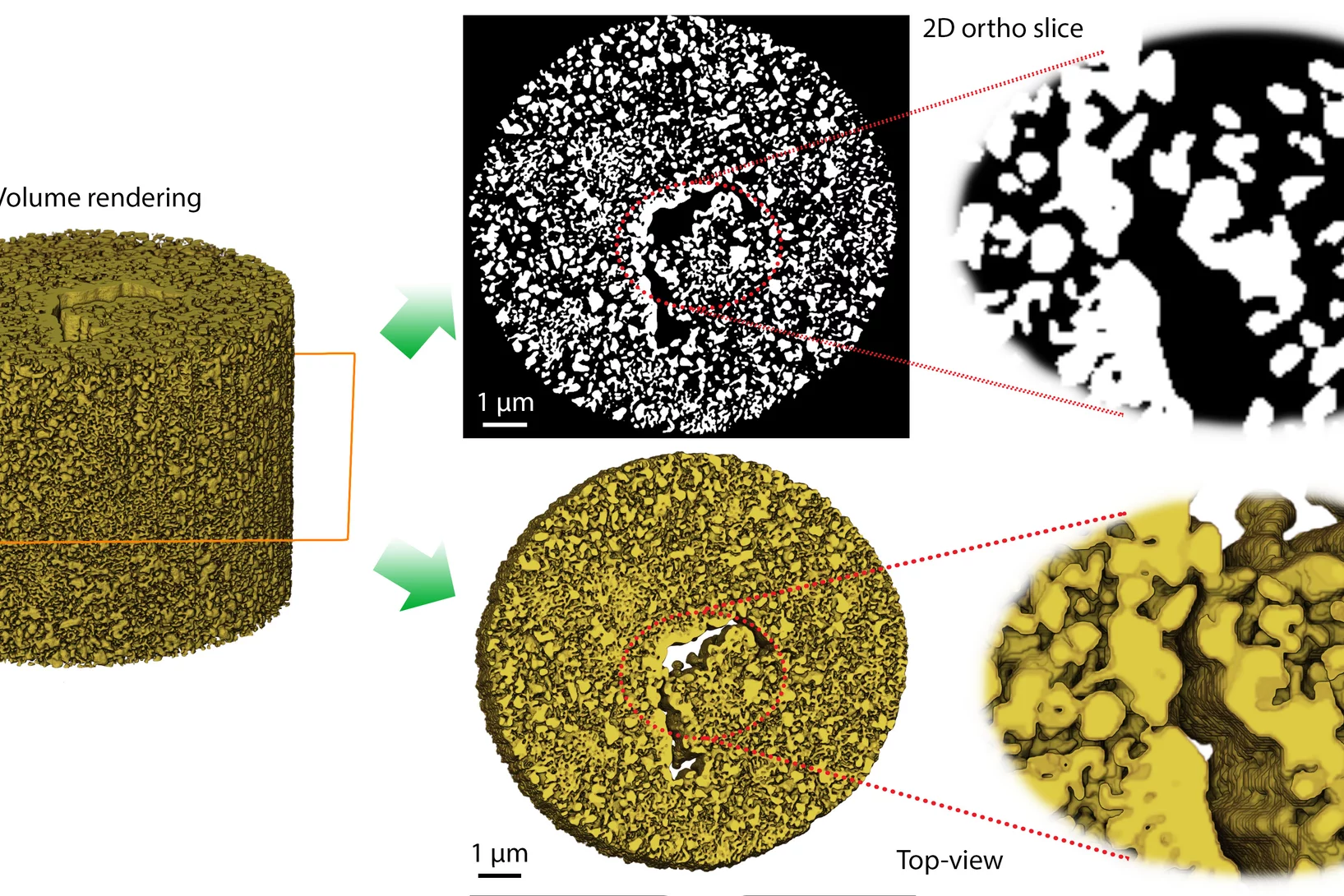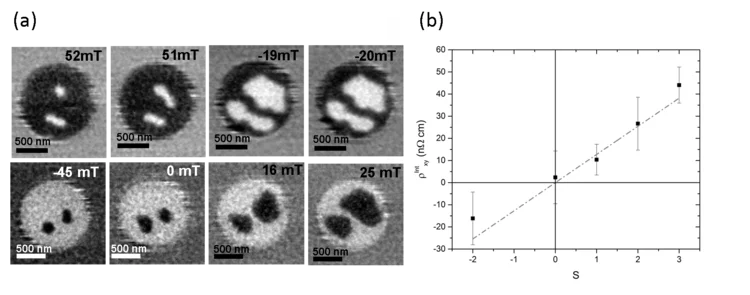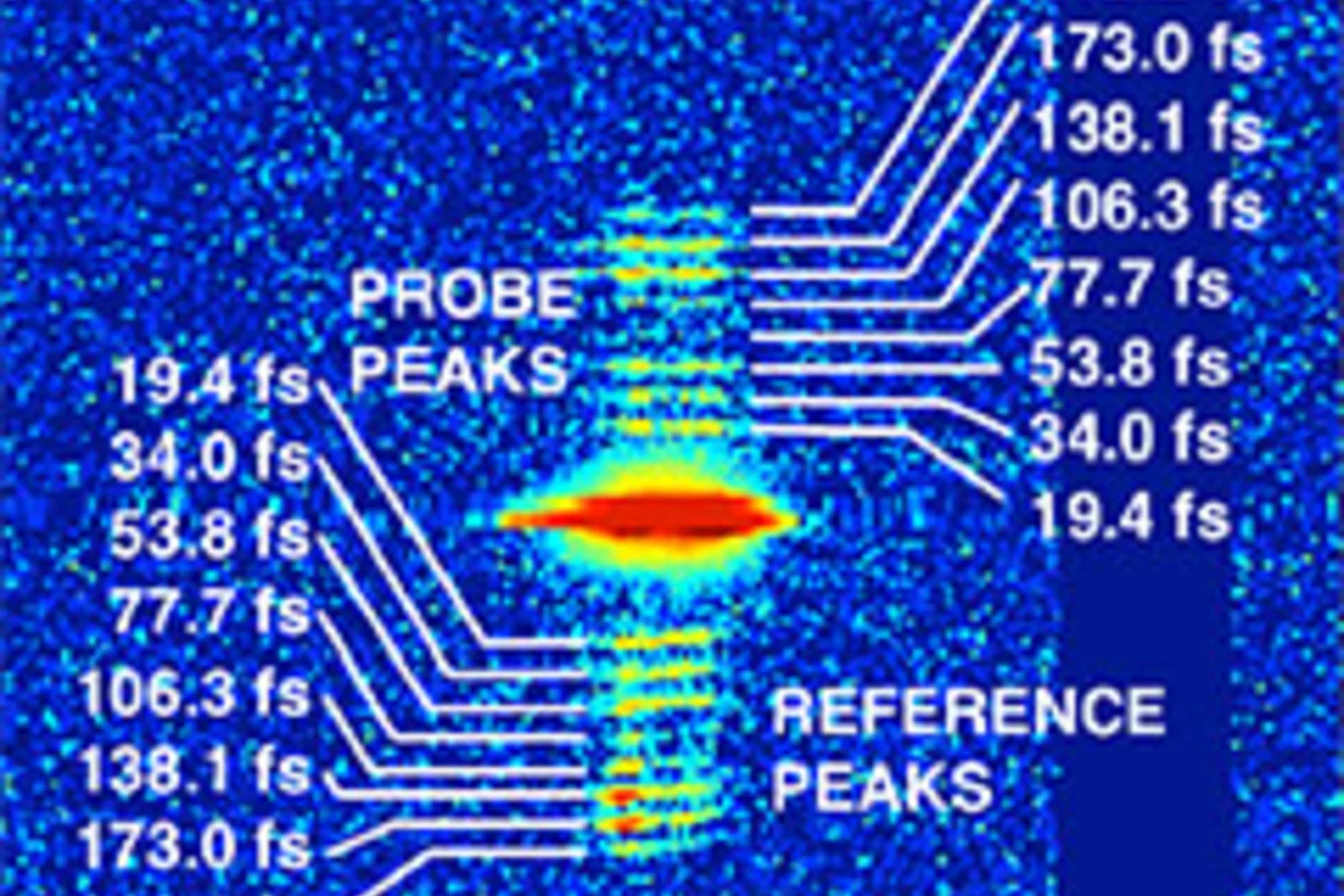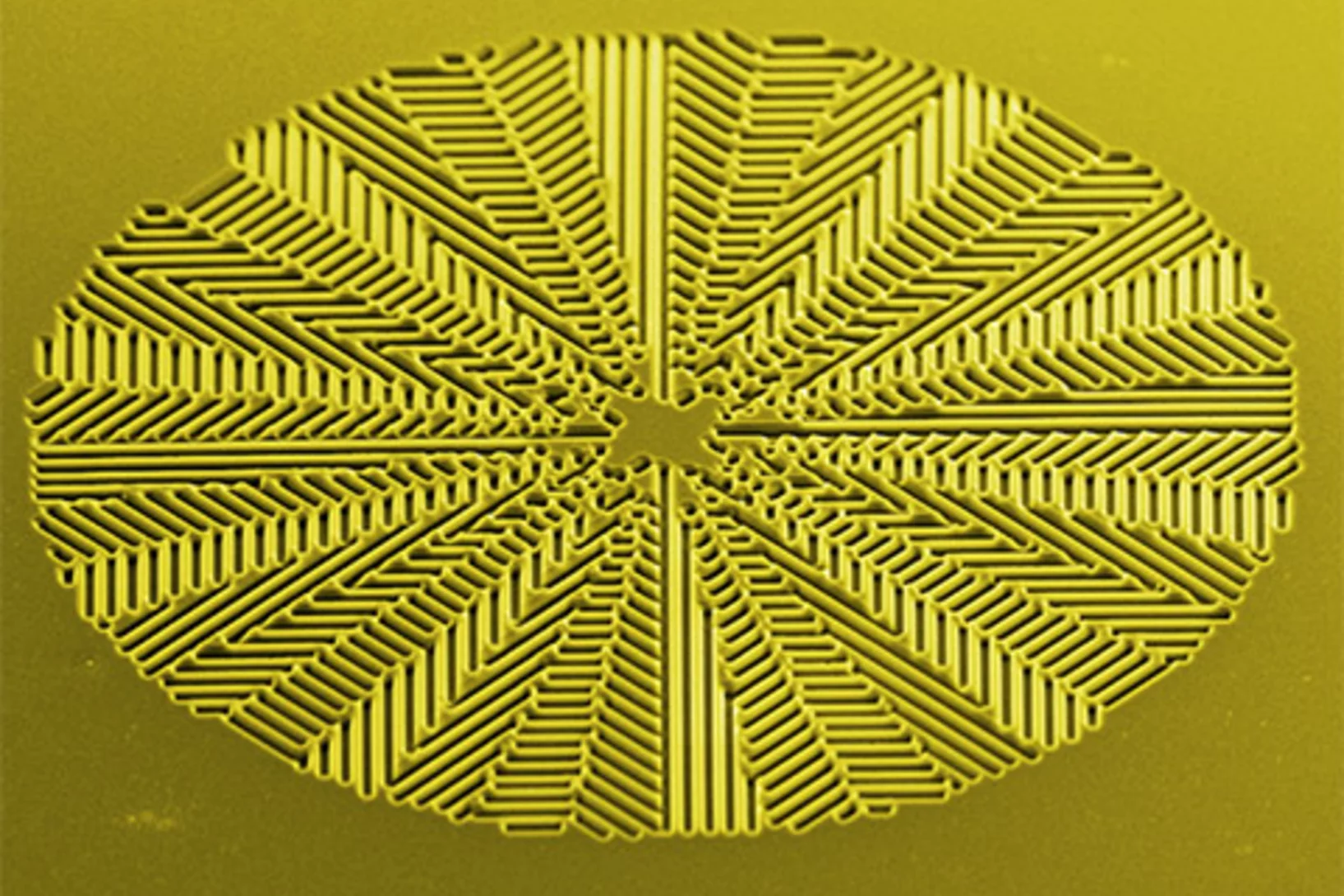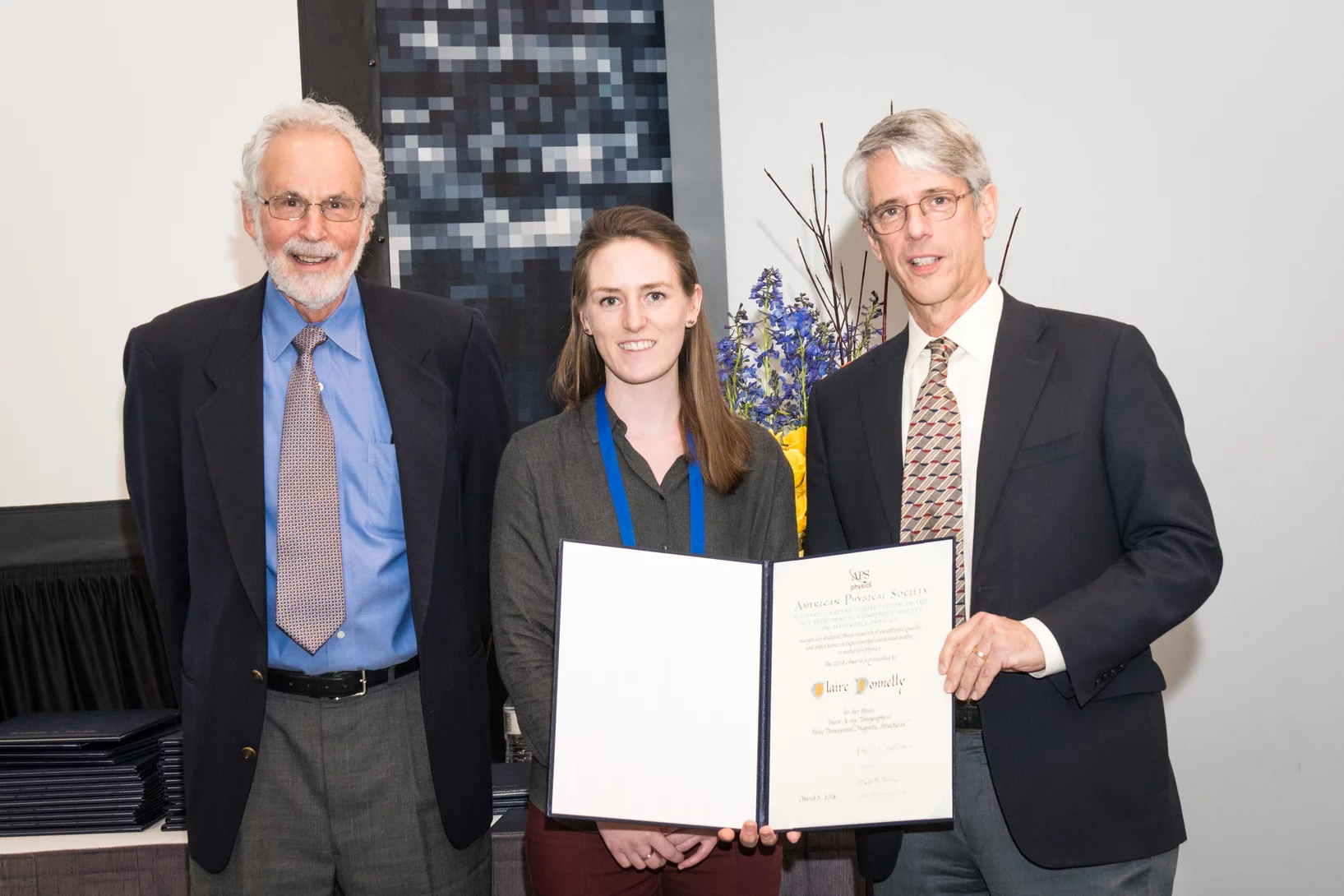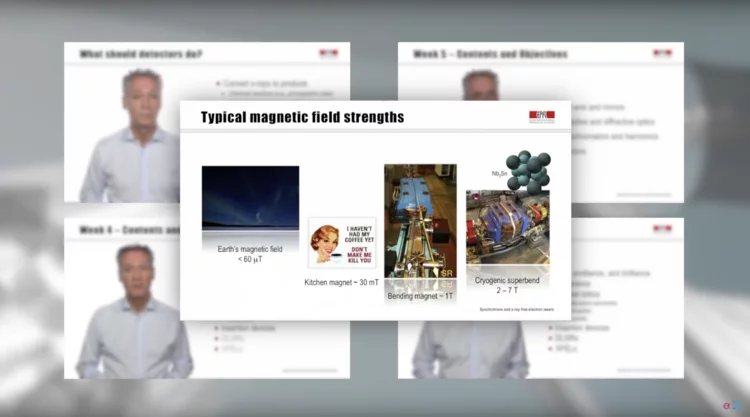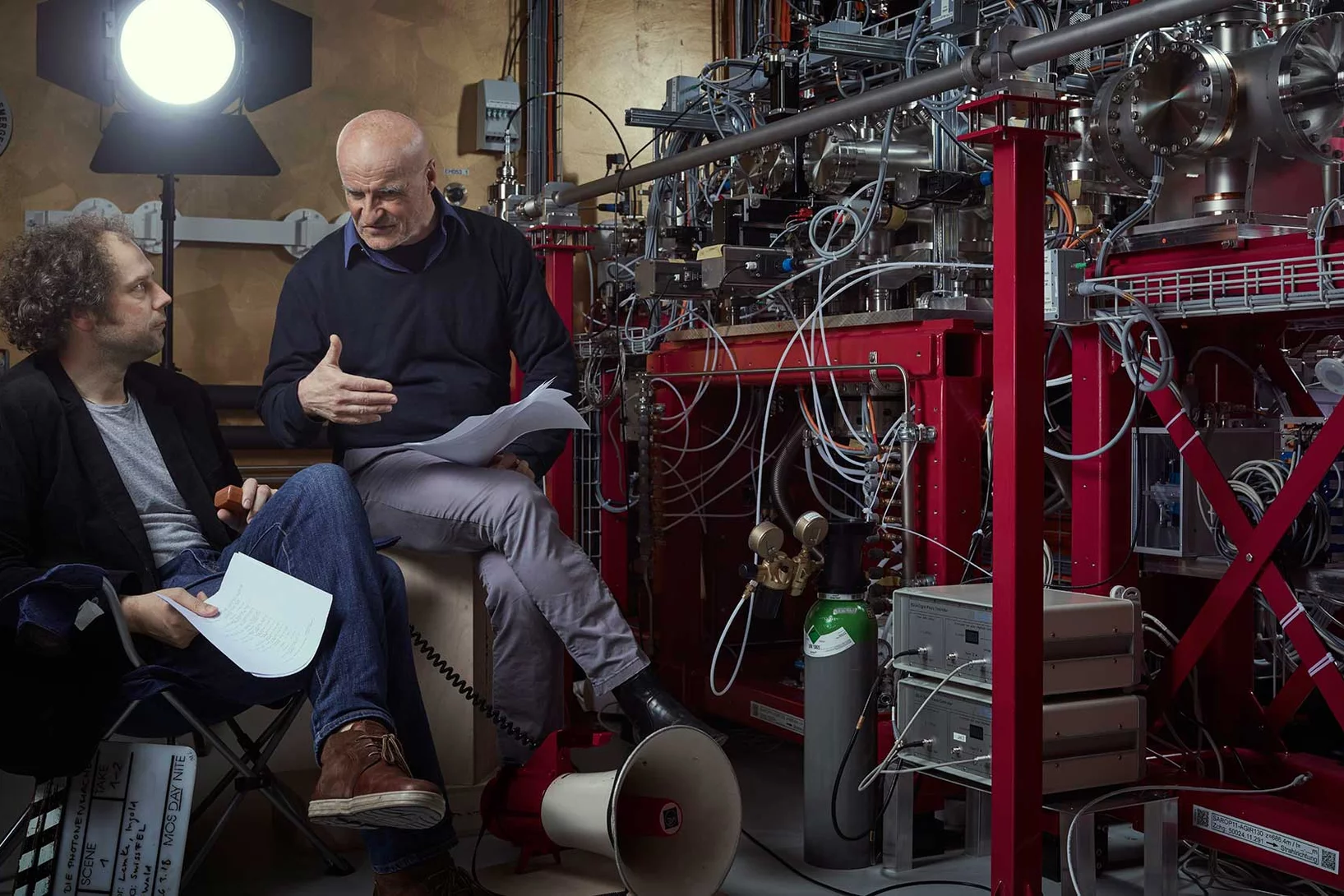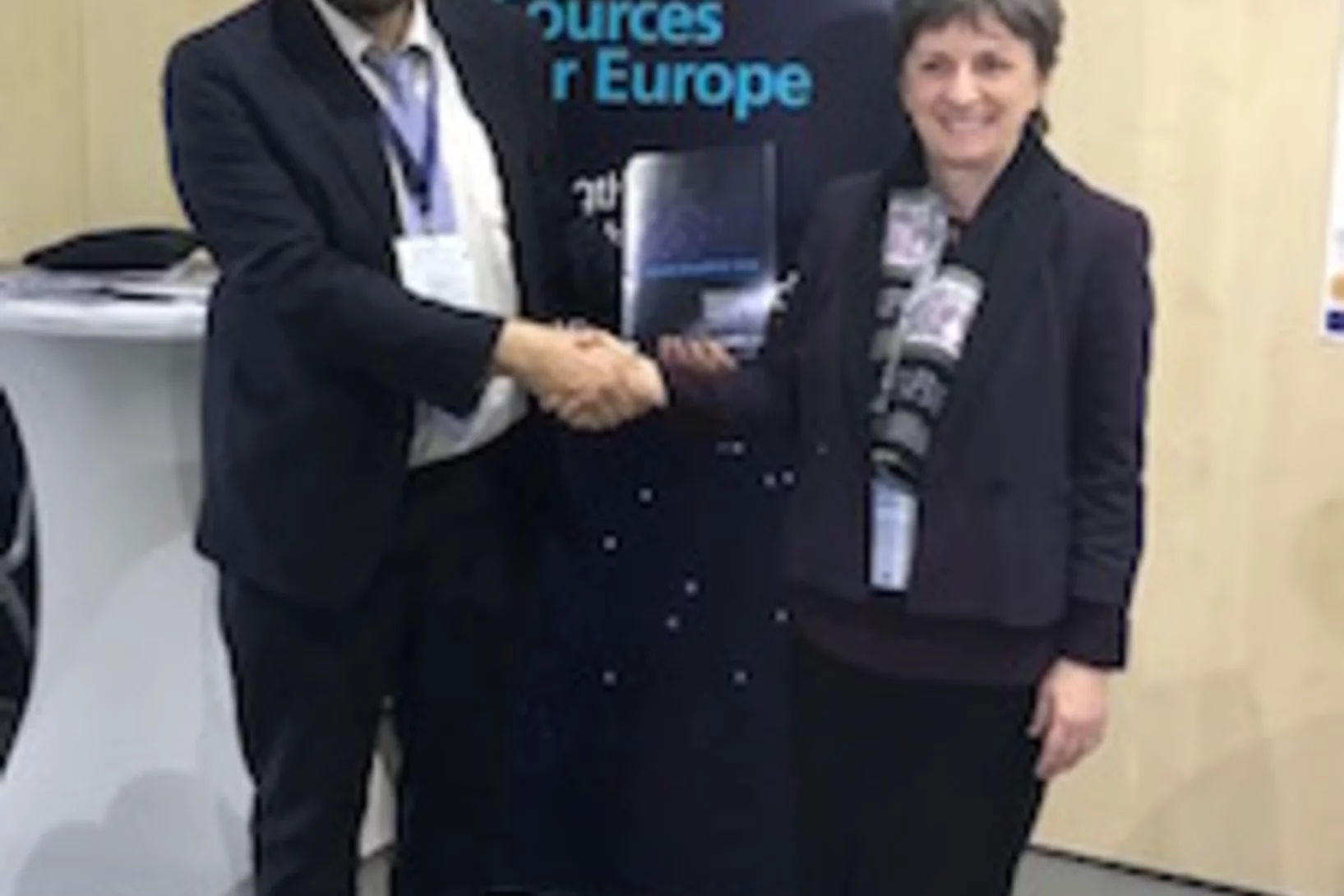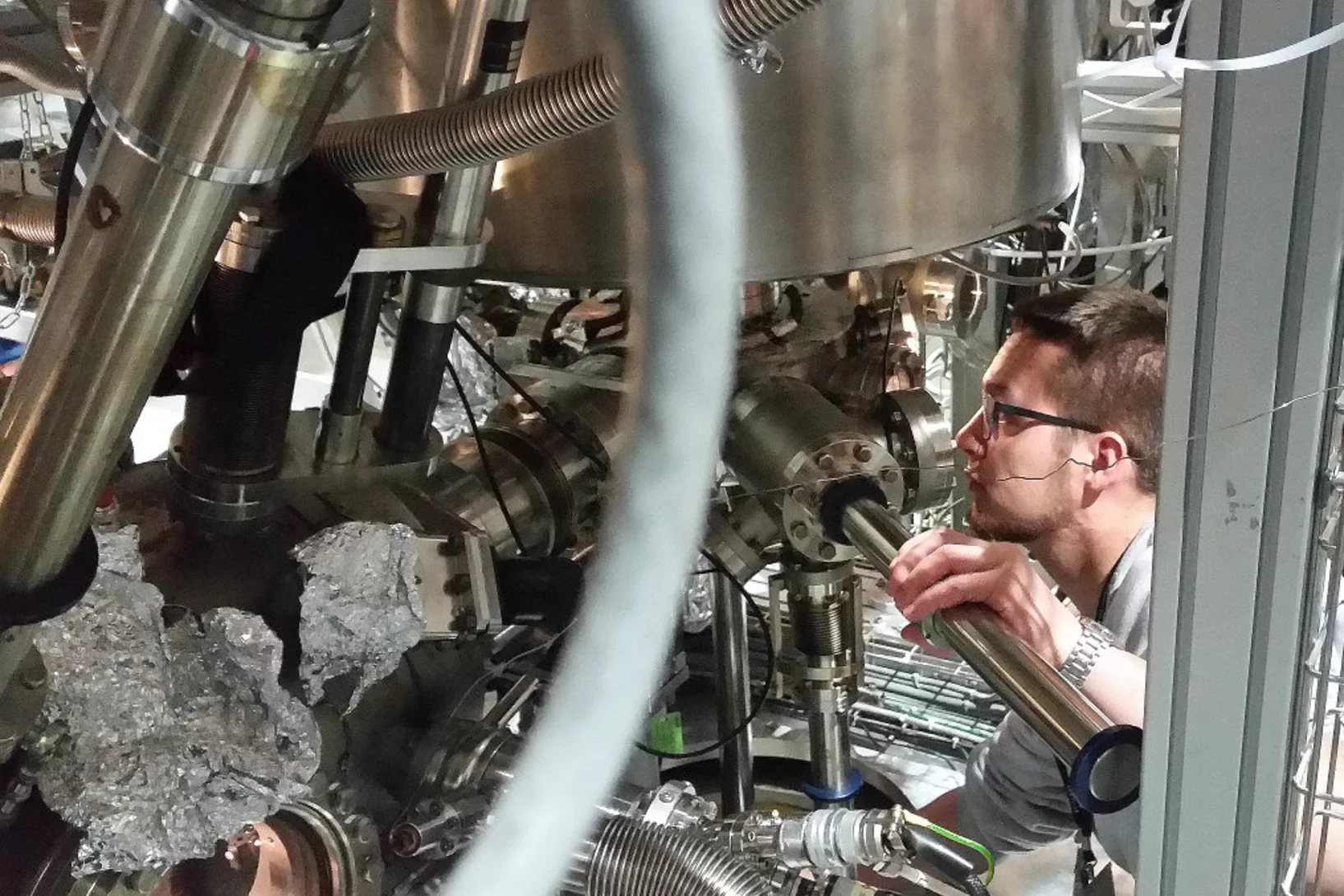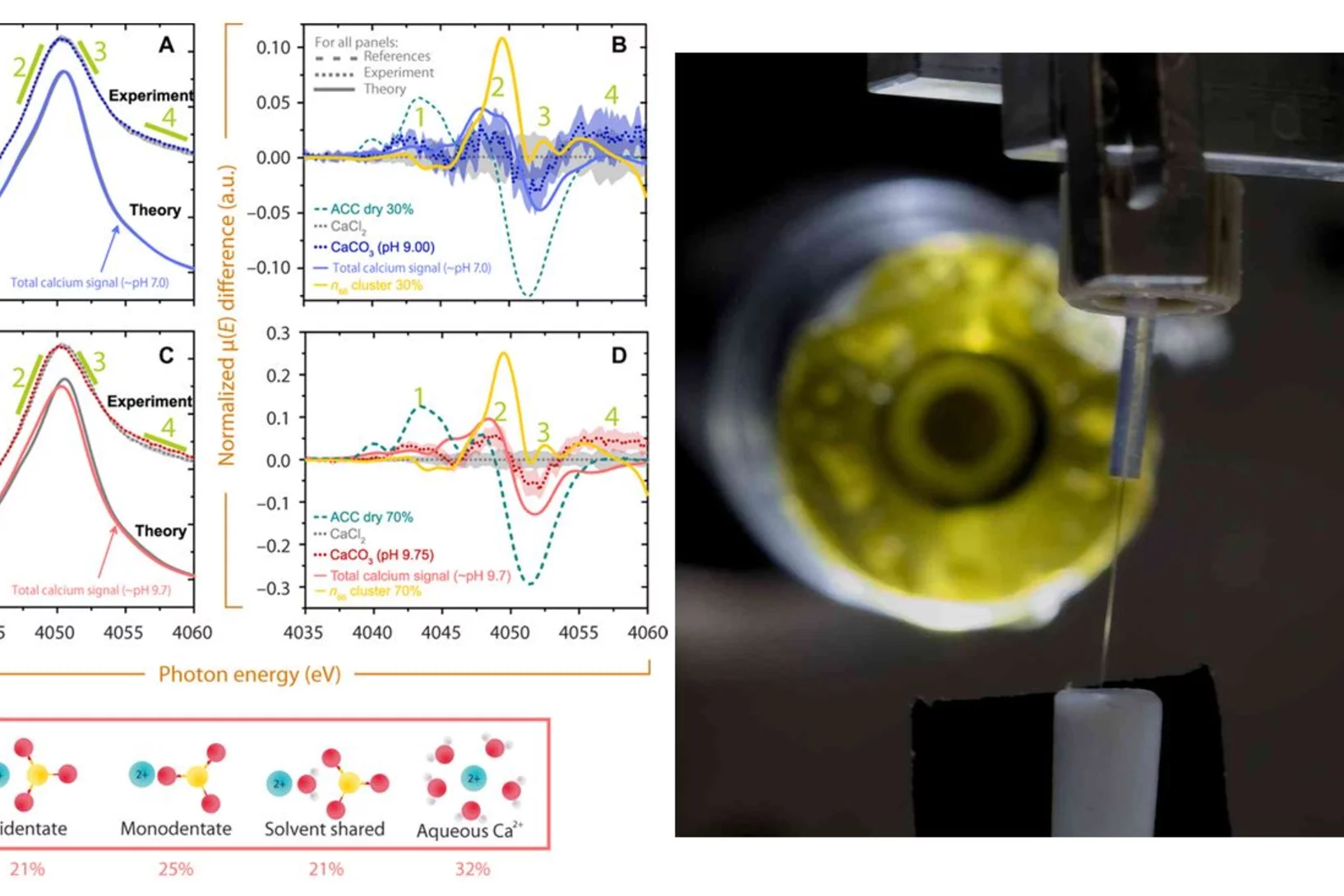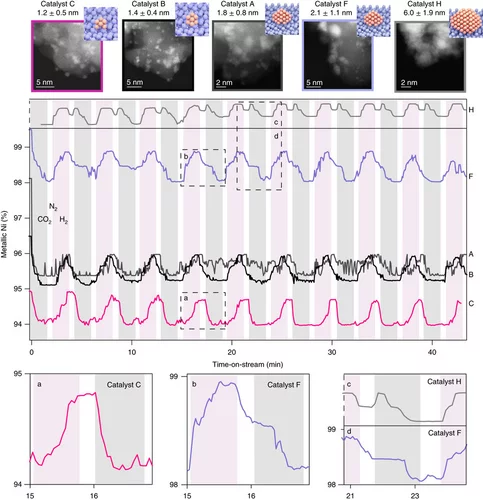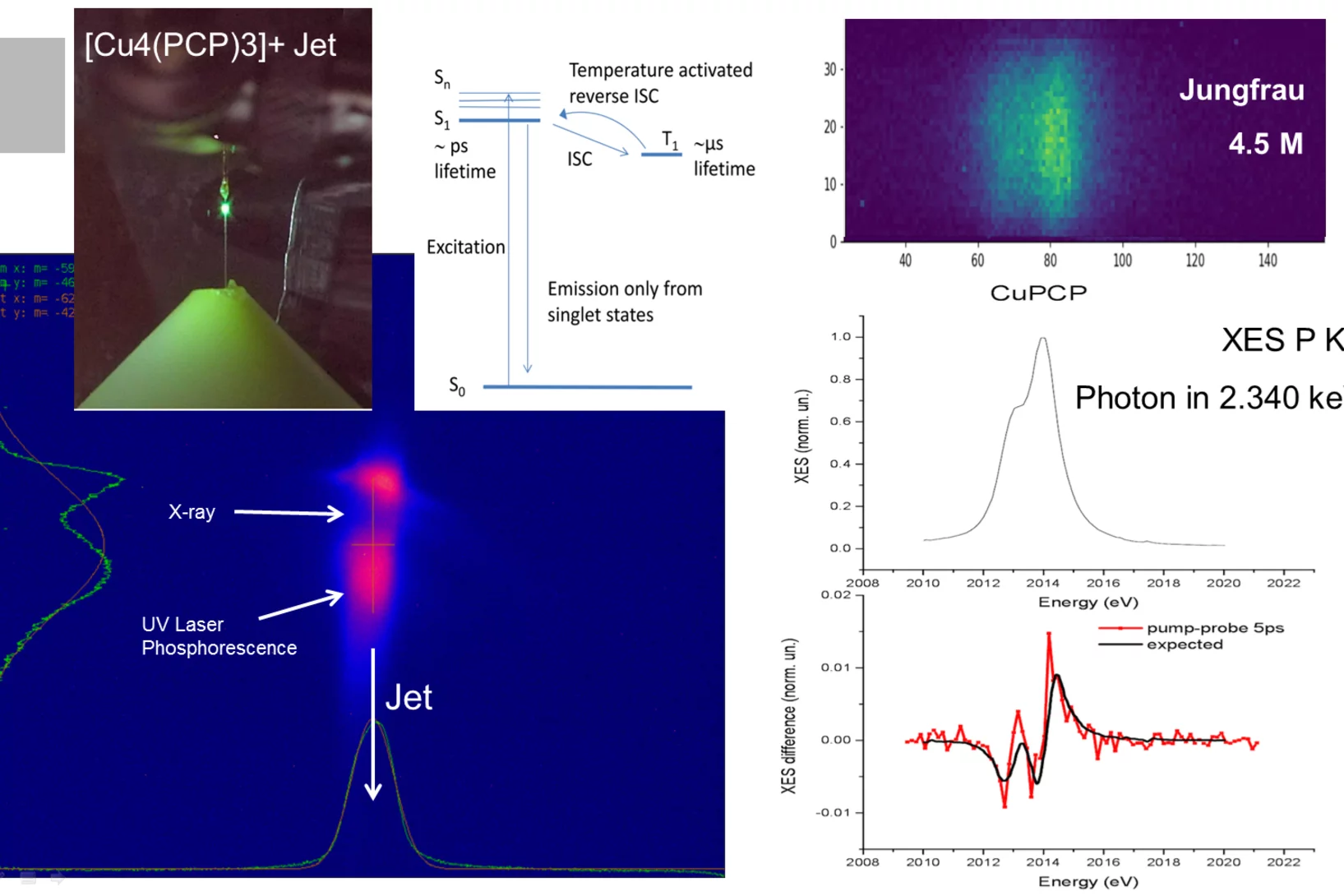Christoph Bostedt named APS Fellow
Christoph Bostedt, Head of the Laboratory for Femtochemistry, was named APS Felllow. He received his fellowship certificate at at the 50th Annual Meeting of the APS Division of Atomic, Molecular and Optical Physics (DAMOP) APS Meeting in Milwaukee.
Un matériau innovant qui présente aussi de nouvelles quasi-particules
Des chercheurs du PSI ont analysé à la Source de Lumière Suisse SLS un matériau cristallin innovant qui présente des propriétés électroniques encore jamais vues à ce jour. Ils ont entre autres réussi à détecter un nouveau type de quasi-particules appelées fermions de Rarita-Schwinger.
HERCULES school 2019 at SLS
In the week of April 1-5 PSI welcomes 20 PhD students and postdocs taking part in the European HERCULES 2019 school on Neutron and Synchrotron Radiation. They will attend lectures and perform two days of practical courses at several beam lines of the Swiss Light Source.
Une boussole qui indique l'ouest
La Source de Lumière Suisse SLS a permis à des chercheurs du PSI de découvrir que certains groupes d’atomes se comportent comme une boussole qui indique l’est. Ce nouveau phénomène magnétique pourrait rendre les ordinateurs nettement plus performants.
Towards X-ray Transient Grating Spectroscopy at SwissFEL
The high brilliance of new X-ray sources such as X-ray Free Electron Laser opens the way to non-linear spectroscopies. These techniques can probe ultrafast matter dynamics that would otherwise be inaccessible. One of these techniques, Transient Grating, involves the creation of a transient excitation grating by crossing X-ray beams on the sample. Scientists at PSI have realized a demonstration of such crossing by using an innovative approach well suited for the hard X-ray regime.
Observer les électrons et allumer les bits
L’électronique doit rapetisser, devenir plus rapide et surtout moins énergivore. Au PSI, plusieurs groupes de recherche se penchent aussi sur ces thématiques. Des améliorations graduelles à la réorientation totale: voici un aperçu de qui travaille sur quoi en ce moment.
Une lentille virtuelle améliore la microscopie à rayons X
Une nouvelle méthode développée par des chercheurs du PSI permet d’améliorer encore les radiographies de matériaux. Pour ce faire, les chercheurs ont déplacé une lentille optique et réalisé chaque fois une image individuelle. A partir de là, ils ont calculé une image globale à l’aide d’algorithmes informatiques.
Le moment est venu de passer à autre chose
Si l’on réduit le format des composants électroniques, malheureusement, ils chauffent. En termes de miniaturisation, la limite du techniquement faisable sera aussi bientôt atteinte. Au PSI, Gabriel Aeppli et Christian Rüegg travaillent à de nouvelles solutions physiques pour améliorer les performances des mémoires de données et des ordinateurs.
Dr Yasin Ekinci elected as Fellow of SPIE
Dr. Yasin Ekinci, Head of the Advanced Lithography and Metrology Group and ad interim Head of the Laboratory for Micro and Nanotechnology, has been elected to the grade of Fellow of The International Society for Optics and Photonics (SPIE).
SESAME beamline for tomography project (BEATS) is launched
On 1st January 2019, the European Horizon 2020 project BEAmline for Tomography at SESAME (BEATS) was launched with the objective to design, procure, construct and commission a beamline for hard X-ray full-field tomography at the SESAME synchrotron in Jordan. The European grant is worth 6 million euros and will span a four-year period from beginning 2019 to end 2022.
Dr Mirjam van Daalen appointed as Swiss ESFRI delegate
Dr. Mirjam van Daalen Chief of staff of the Photon Science Division, was mandated on the 1st of January 2019, by the State Secretariat for Education, Research and Innovation SERI as a member of the Swiss Delegation to the European Science Forum on Research Infrastructures ESFRI https://www.esfri.eu/.
First femtosecond protein pump-probe measurements at SwissFEL
A major milestone in the commissioning of SwissFEL has been reached: the first pump-probe experiments on proteins have been successfully carried out. Crystals of several retinal-binding proteins were delivered in a viscous jet system and a femtosecond laser was used to start the isomerization reaction. Microsecond to sub-picosecond snapshots were then collected, catching the retinal proteins shortly after isomerization of the chromophore.
2018 Innovation Award on Synchrotron Radiation
The Innovation Award on Synchrotron Radiation 2018 went to Dr. Christian David, also from the Paul Scherrer Institute, and to Prof. Alexei Erko, who recently moved from the HZB to the Institute for Applied Photonics (IAP) in Berlin-Adlershof.
L'UE accorde 14 millions à des chercheurs suisses
Une prestigieuse bourse de l’Union européenne a été décernée à une équipe incluant trois chercheurs du Domaine des EPF. Les scientifiques ont reçu aujourd’hui le contrat signé de l’UE qui confirme ce financement exceptionnellement important de 14 millions d’euros. Ce montant va leur permettre d’étudier certains effets quantiques qui pourraient constituer l’épine dorsale de l’électronique du futur.
Helping chemists to understand degradation and stabilization of catalytic nanoporous gold structures
Catalytic materials are ubiquitously used in industrial processes to perform chemical reactions efficiently and in a sustainable manner. Nanoporous gold (npAu) is a monolithic sponge-like catalyst exhibiting a hierarchical structure with pores and connecting ligaments of typically 10 to 50 nm.
SwissFEL's First Call for Proposals
The first SwissFEL call for proposals took place, deadline for submission was the 15th of September. In this first call for proposals SwissFEL received overwhelming interest from the user community. A total of 47 proposals were submitted for the SwissFEL Alvra experimental station and 26 for the Bernina experimental station. The Proposal Review committee PRC took place on 18-19 October 2018.
Discrete Hall contribution of magnetic skyrmions
The reliable electrical detection of magnetic skyrmions is of fundamental importance for the application of such topological magnetic quasi-particles for data storage devices. Researchers in a joint collaboration between the University of Leeds and the PolLux endstation have investigated the electrical detection of isolated magnetic skyrmions in applications-relevant nanostructured devices, observing the presence of a strong skyrmion-dependent contribution to the Hall resistivity.
Demonstration of femtosecond X-ray pump X-ray probe diffraction on protein crystals
Our experiments, published in the September issue of Structural Dynamics, demonstrate the feasibility of time-resolved pump-multiprobe X-ray diffraction experiments on protein crystals using a split-and-delay setup which was temporarily installed at the LCLS X-ray Free Electron Laser.
Diamond: a gem for micro-optics
Our image of a diamond structure was published on the cover page of the September 2018 issue of the journal "Materials Today". The corresponding paper reports on the nano-frabrication of micro-optical elements in diamond.
Claire Donnelly dissertation research awards
Claire Donnelly, Mesoscopic Systems (ETH Zurich - PSI), was awarded the COMSOL SPS Award in Computational Physics, the Werner Meyer-Ilse Memorial Award, the ETH Medal for an outstanding doctoral thesis, and the American Physical Society Richard L. Greene Dissertation Award.
Vers de nouveaux transistors de puissance
L'industrie de l'électronique attend d'un nouveau type de transistor de puissance en nitrure de gallium qu'il offre des avantages considérables par rapport aux transistors à haute fréquence qui sont utilisés aujourd'hui. Mais de nombreuses propriétés fondamentales du matériau ne sont pas encore connues. Pour la première fois, des chercheurs du PSI ont visionné un flux d'électrons dans le transistor en question. Pour ce faire, ils ont utilisé une des meilleures sources de rayons X mous au monde, qui se trouve à la Source de Lumière Suisse SLS du PSI.
MOOCs – a paradigm shift in education
In March 2018, the nine-week MOOC “Introduction to synchrotrons and x-ray free-electron lasers” (abbreviated to “SYNCHROTRONx”) came online via the edX provider of the École Polytechnique Fédérale de Lausanne (EPFL), created by Phil Willmott of the Swiss Light Source, Paul Scherrer Institute. “MOOC” is an acronym for “massive open online course”, a teaching platform started in the first decade of this century, which has become increasingly popular in the last five to six years. MOOCs have no limits to participation and are free. Some of the most popular MOOCs can attract many tens of thousands of participants. Even the most specialized subjects may have an initial enrollment of over a thousand, more than an order of magnitude larger than that typically found in traditional higher education. There were over 70 million MOOC enrollments covering nearly 10’000 subjects offered by the top five providers in 2017 alone!
Metteurs en scène avec missions additionnelles
Par rapport aux modèles actuels, les mémoires informatiques fabriquées à partir de certains matériaux novateurs devraient permettre d'enregistrer les informations beaucoup plus rapidement et dans un espace plus restreint, en consommant nettement moins d'énergie. Les séquences filmées au moyen du laser à rayons X montrent ce qui se passe au cœur de ces mémoires informatiques potentielles et comment optimiser les processus au cours desquels le matériau commute entre deux états.
Creation and deletion of isolated magnetic skyrmions via electrical currents
The writing and deletion of magnetic Skyrmions is a fundamental step towards the fabrication of memory devices based on this promising spin configuration. Researchers at the Korea Institute of Technology have demonstrated the writing and deleting of isolated magnetic Skyrmions at room temperature in ferrimagnetic multilayer superlattice stacks using electrical currents.
Fresnel Zone Plates with Zone Widths below 10 nm
The spot size of a Fresnel Zone Plate lens is mainly determined by the zone widths of its outermost zone. It is therefore essential to fabricate zone plates with structures as small as possible for high-resolution X-ray microscopy. Researchers at the Laboratory for Micro- and Nanotechnology at the PSI have now developed Fresnel zone plates with zone widths well below 10 nm, down to 6.4 nm. These lenses are capable of pushing resolution in X-ray microscopy to the single-digit regime.
LEAPS join forces with the European Commission to strengthen Europe’s leading role in science
“A world where European science is a catalyst for solving global challenges, a key driver for competitiveness and a compelling force for closer integration and peace through scientific collaboration.” This is the vision of LEAPS, League of European Accelerator-based Photon Sources, on which the LEAPS Strategy 2030 is based. Director Jean-David Malo, DG Research and Innovation, received the strategy today at the Bulgarian Presidency Flagship Conference on Research Infrastructures.
HERCULES at the Swiss Light Source
In the week of March 18-23 PSI welcomes 20 PhD students and postdocs taking part in the HERCULES 2018 school on Neutron and Synchrotron Radiation. They will attend lectures and perform two days of practical courses at several beam lines of the Swiss Light Source.
Are supersaturated calcium carbonate solutions classical or non-classical ?
Classical theory predicts that supersaturated carbonate solutions consist mostly of ions and ion pairs, with a small number of larger clusters present in the solution. The population of the different sized clusters in a solution is solely defined by the cluster’s size dependent Free Energy. If clusters are large enough they serve as nucleation germs for a new solid phase. The nucleation occurs once the surface free energy barrier posed by the new solid-liquid interface is overcome by the free energy win from bulk phase growth.
Unravelling structure sensitivity in CO2 hydrogenation over nickel
Using a unique set of well-defined silica-supported Ni nanoclusters (1–7 nm) and advanced characterization methods it was proved how structure sensitivity influences the mechanism of catalytic CO2 reduction, the nature of which has been long debated.
First Pilot Experiment at SwissFEL-Alvra: UV photo-induced charge transfer in OLED system
On the 17th of December 2017 SwissFEL saw its first pilot experiment in the Alvra experimental station of the SwissFEL ARAMIS beamline.
